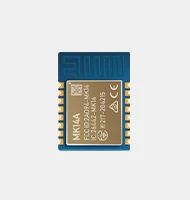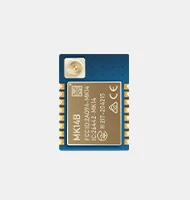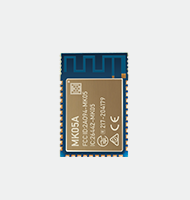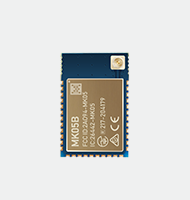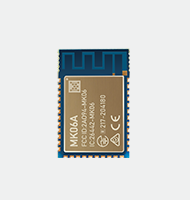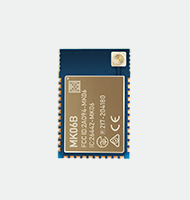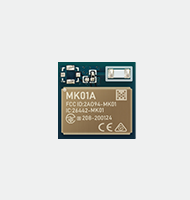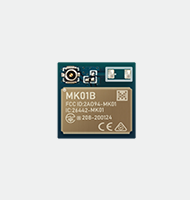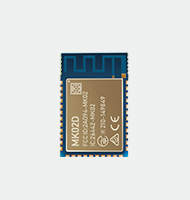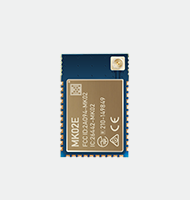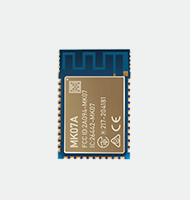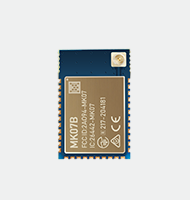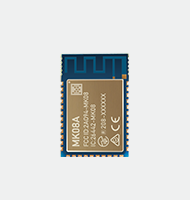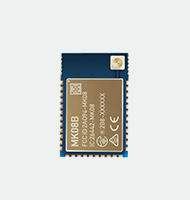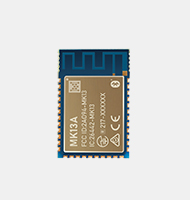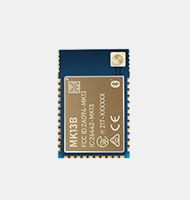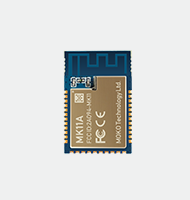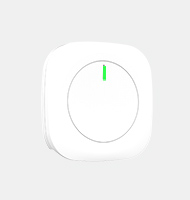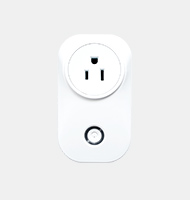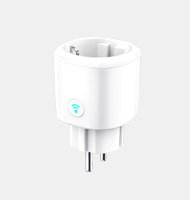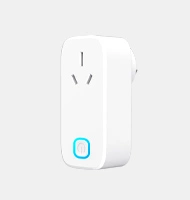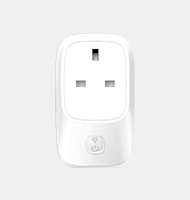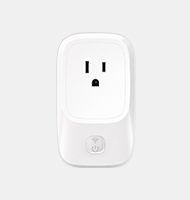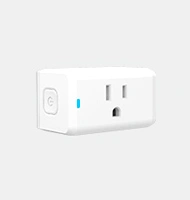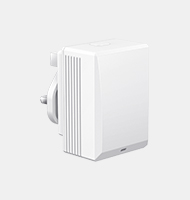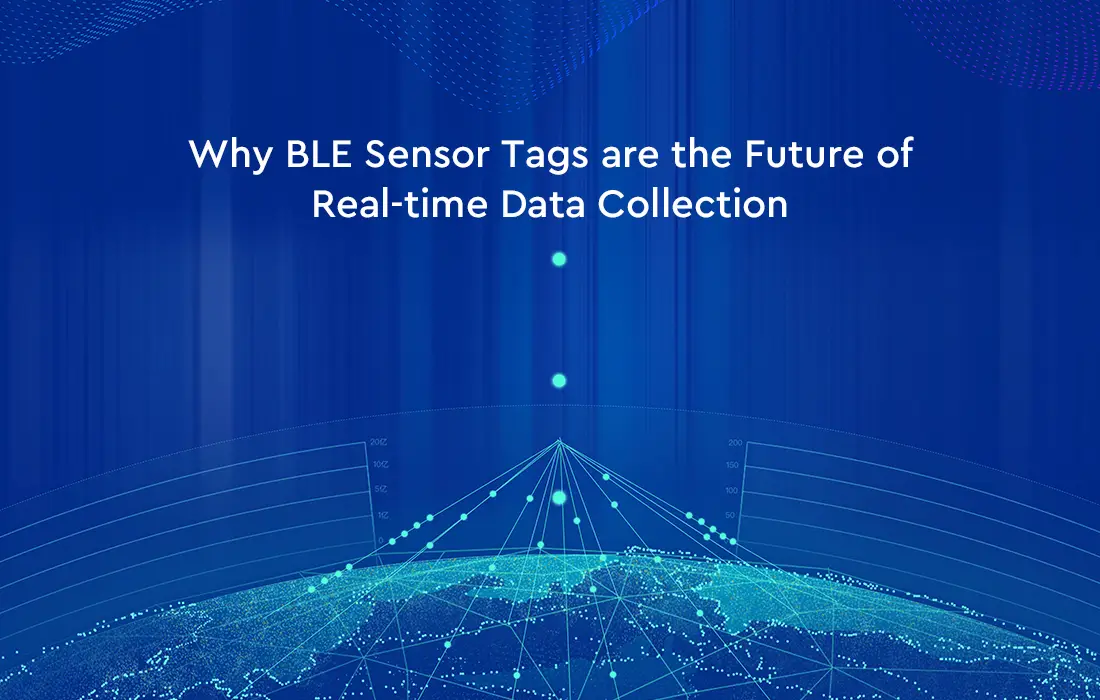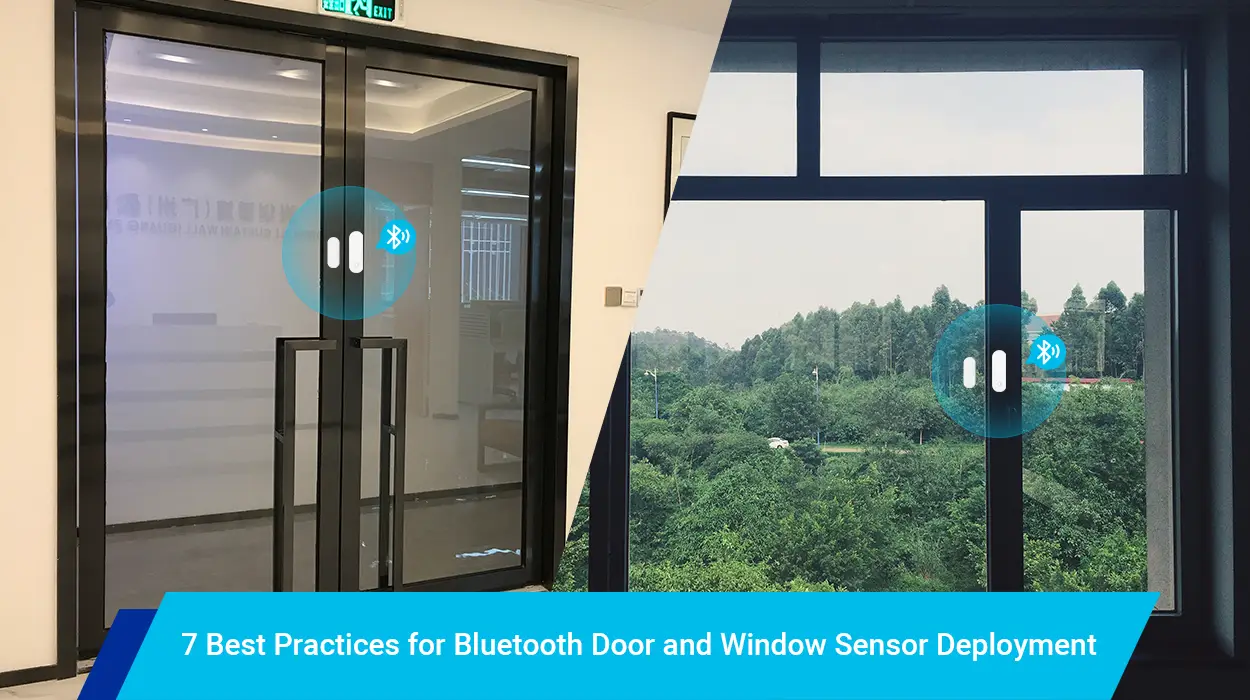The increasing prevalence of IoT applications has led to a sharp rise in demand for smart sensors, and BLE sensor tags have emerged as a favored technology in this new wave. By enabling us to monitor and control our surroundings in new ways, BLE sensor tags have become extremely popular. This blog will delve into what BLE sensor tag is, the features they provide, the various types available, and how they work compared to other smart sensor tags.
What is BLE sensor tag
BLE sensor tags are small, low-power devices that are designed to sense and transmit data wirelessly over short distances using Bluetooth Low Energy technology. These tags are typically battery-powered and can be attached to various objects to collect and transmit data to a central device, such as a smartphone or a gateway.
The primary function of a Bluetooth sensor tag is to track or monitor various parameters such as temperature, humidity, pressure, movement, light, and sound. A wide range of applications, including healthcare, logistics, retail, manufacturing, and security, can adopt BLE sensor tag. Bluetooth sensor tags offer a versatile and cost-effective solution for various sensing and monitoring applications.
How smart sensor tags work with BLE
The global smart sensor market will reach $104.5 billion by 2027. BLE-powered smart sensor tags allow for seamless device connection and data transmission, crucial for real-time data-driven decision-making in IoT applications.
BLE and smart sensor tags
Smart sensor tags equipped with BLE technology work by emitting a radio signal containing unique data identifiers to the surrounding environment. These data identifiers can be picked up by other Bluetooth-enabled devices, such as smartphones, gateways, or other sensors within range.
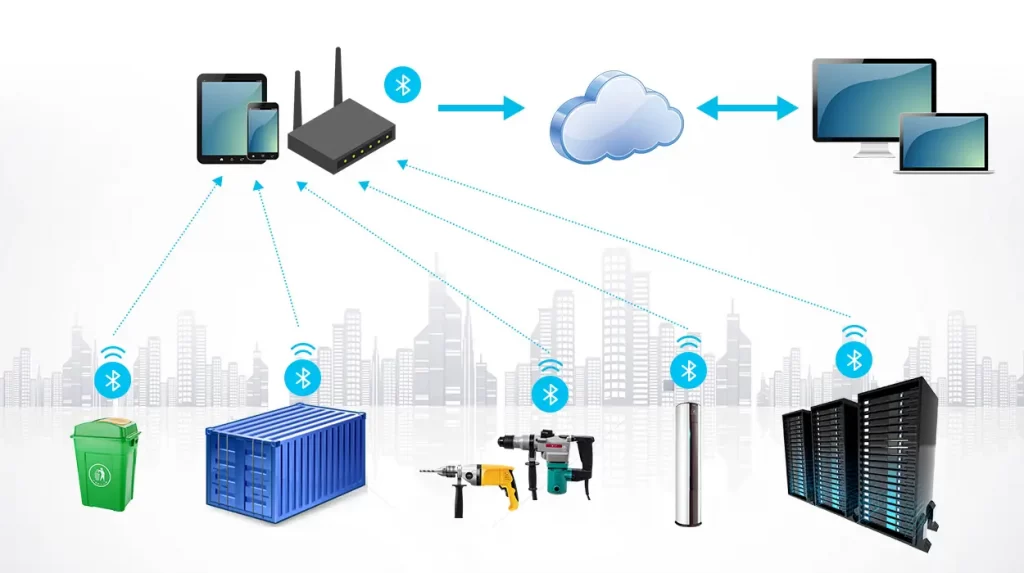
One can gather diverse information about an object’s location, temperature, humidity, movement, and other physical attributes using BLE sensor tags. The collected data finds applications in asset tracking, environmental monitoring, healthcare, and more.
Differences between BLE sensor tags and others
Compared to other technologies, BLE sensor tags offer several advantages. They are low-power, which means they can operate for extended periods of time without recharge or replacement. They are also small and lightweight, and it’s a hassle-free process to attach or embed them into equipment or objects. Additionally, BLE-enabled sensor tags can transmit data over longer distances than other wireless technologies, such as NFC or RFID, making them suitable for applications where objects are located further apart.
The different types of Bluetooth sensor tags
BLE sensor tags are used to collect data wirelessly and communicate with other devices in the network in various IoT applications. Multiple types of sensor tags are available, each comes with unique benefits and features. Some of the most common types of BLE sensor tag include:
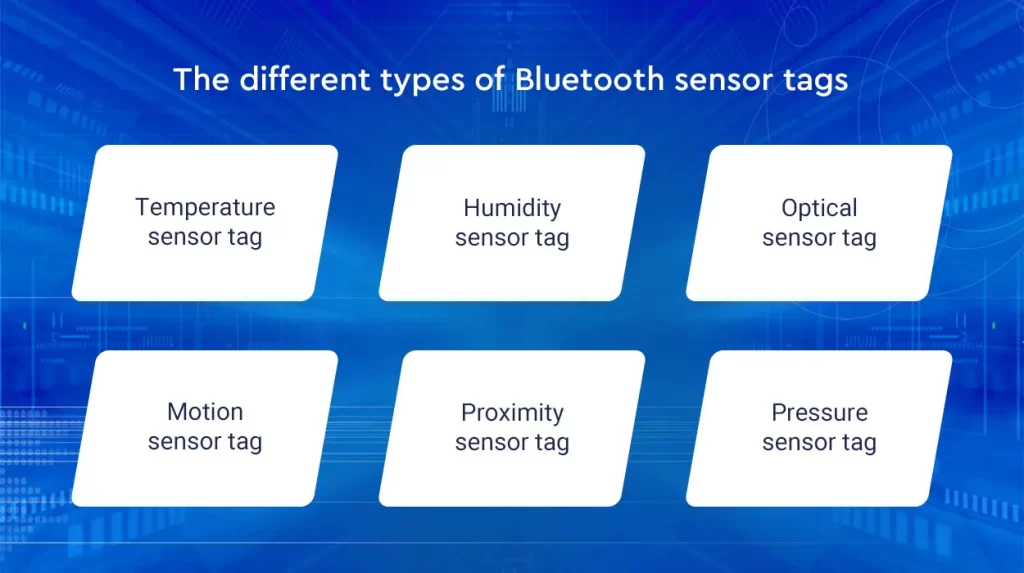
Temperature sensor tags are equipped with thermistors or other types of temperature sensors that detect changes in temperature. They are commonly used in environmental monitoring systems to track temperature fluctuations in buildings, warehouses, or other locations.
Humidity sensor tag
Humidity sensor tags are equipped with humidity sensors that detect changes in the level of moisture in the environment. These sensor tags are widely used in agricultural applications to monitor moisture levels in the soil. Besides, in HVAC systems, these sensors are employed to maintain optimal humidity levels in buildings.
Optical sensor tags use light to detect and respond to motion, presence, and distance. They offer precision, accuracy, and reliability in various applications, from medicine to gaming. By detecting changes in light intensity, polarization, and wavelength, they offer insights into various processes and surroundings.
Motion sensor tags are equipped with accelerometers or gyroscopes that detect movement or changes in orientation. They are useful in security systems to detect if someone breaks in, and in fitness trackers to see how much someone moves.
Proximity sensor tag
Proximity sensor tags work by using ultrasonic, infrared, or magnetic sensors to detect the presence of people or objects nearby. The main usage of proximity sensor tags lies in securing access to restricted areas. They can also be deployed to track the movement of individuals or things within specific zones.
Pressure sensor tag
Pressure sensor tags use piezoelectric or other types of sensors to detect changes in pressure. In industrial applications, Bluetooth sensor tags are frequently utilized to monitor and measure the pressure in pipelines, tanks, and other types of equipment.
These are some examples of the various kinds of Bluetooth sensor tags popular on the market. As time goes on, we can expect to see even more unique and innovative applications of Bluetooth sensor tags in the near future.
What are the benefits of BLE sensor tag
BLE sensor tags are changing IoT with efficient data-gathering capabilities. They offer an array of benefits for applications that require tracking, monitoring, and real-time alerts. Here are some of the key benefits of Bluetooth low energy sensor tag.
Tracking and monitoring capabilities: Attach Bluetooth sensor tags to items or devices to monitor their location, temperature, humidity, and other variables in real-time.
Real-time alerts and notifications: Bluetooth sensor tags make it possible for users to receive real-time alerts and notifications when specific conditions are met. For example, if the temperature exceeds a predefined threshold, users can receive an instant notification.
Cost-effective and efficient: Bluetooth sensor tags are both cost-effective and efficient compared to other tracking devices. They consume less power and require less maintenance.
Wide range of applications: Various industries, such as healthcare, logistics, manufacturing, and retail, use Bluetooth sensor tags for tracking and monitoring purposes.
Choosing the right Bluetooth sensor tag for your business
Bluetooth sensor tags are becoming increasingly popular as they provide a convenient way to monitor and collect data from various sensors without the need for physical connections. However, choosing the right Bluetooth sensor tag for your needs can be a daunting task as there are various factors to consider.
- Battery life: Check the battery life of the sensor tag to ensure that it will last long enough for your needs. In applications where the tag has to monitor and send data continuously, this becomes especially important.
- Range: Consider the range of the BLE sensor tag and choose one that suits your application well.
- Accuracy: Ensure that the tag is accurate enough to provide the data you need.
In addition, when it comes to determining the range and battery life of a Bluetooth sensor tag, it’s essential to consider the environment and obstacles the signal must pass through. Walls, metal, and other materials can interfere with Bluetooth signals.
Why choose Bluetooth sensor tags of MOKOBlue
MOKOBlue offers a wide range of Bluetooth sensor tags that are compatible with various sensors and can be used in various applications. Some of the reasons to choose the MOKOBlue BLE sensor tag include:
- High-quality sensors that provide accurate data readings.
- Long lasting battery life up toseveral years.
- Wide range of up to 150 meters, suitable for long-range applications.
- MOKOBlue app for easy configuration and monitoring of the sensor tags.
- Compact and rugged design suitable for different environments.
Look into the future of Bluetooth sensor tag
With emerging technologies like 5G and the IoT, the future of Bluetooth sensor tags appears promising. These new technologies are opening up new areas for their application. Predictions suggest that Bluetooth sensor tags will only gain more popularity and become an essential part of different industries, such as logistics, healthcare, and retail.
